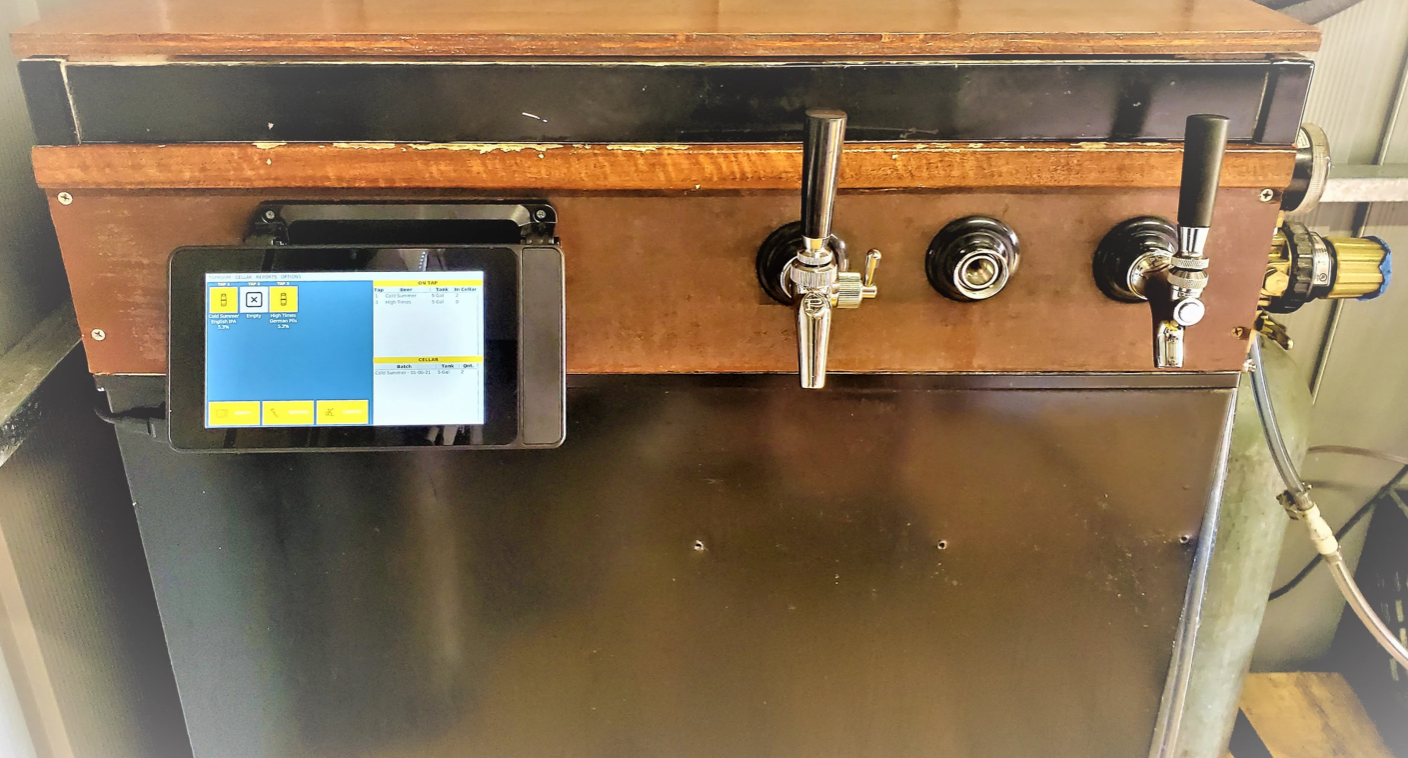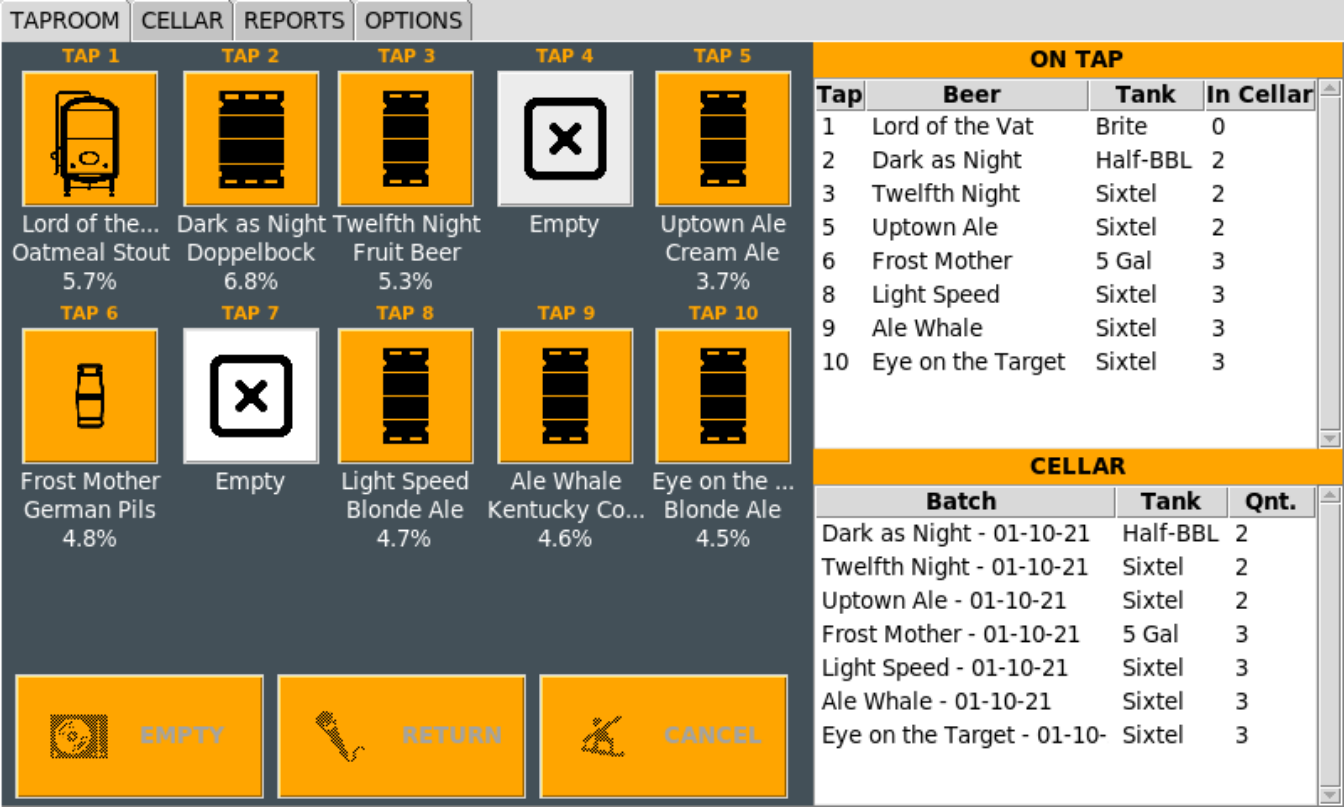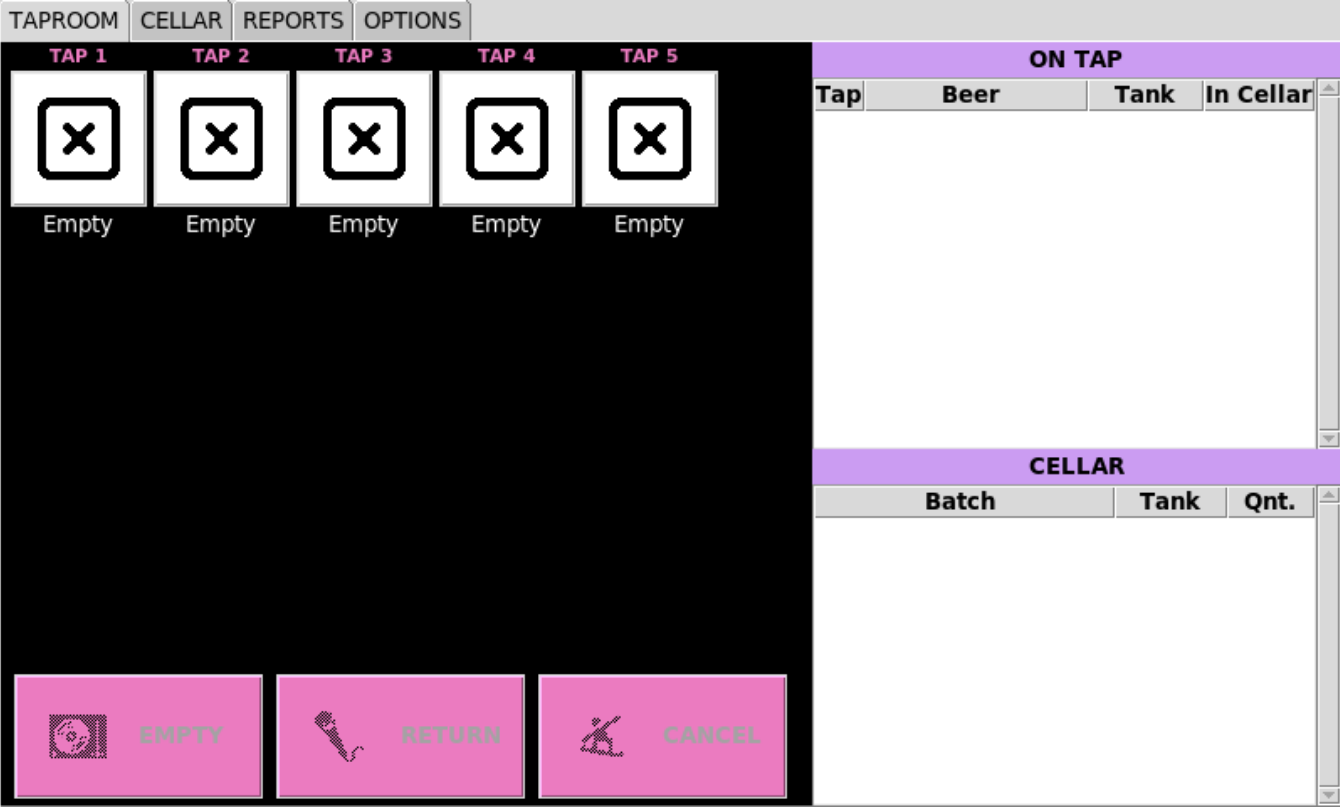Raspberry Pi Taps Into Brewery Management
Ras-beery Pi?
New Orleans-based Danger Shed wanted to know how much beer they had in their inventory, so with the help of a Raspberry Pi 4 and some Python code, they developed their own inventory application, Keg Punk!




Written in over two thousand lines of Python, Keg Punk is the project of craft brewery manager Patrick Murphy. It comes in three forms: A $200 complete kit including the official Raspberry Pi Display and a Raspberry Pi 4, a $19 pre-loaded micro SD card, or a $15 download for brewers to build themselves should they already have the official screen and a spare Raspberry Pi. Despite the kit coming with a Raspberry Pi 4, it is equally at home with older Raspberry Pi models, but sadly not the Raspberry Pi Zero because it doesn't have a DSI connector.
No matter the version you choose, the base Python application is written on top of Raspberry Pi OS (formerly Raspbian), and Keg Punk supports up to 10 taps. The system has a simple touchscreen interface designed for brewers to quickly input their brews via the Cellar screen.
The home screen for Keg Punk is the Taproom, and here we can track overall cellar inventory and manage which beer is on which virtual 'tap,' handy when there are multiple beers in your stock room.
Right now, Keg Punk does not show current levels in kegs, but the team is already hard at work on Keg Punk 2.0, which aims to have this functionality via a series of sensors providing input, along with a second screen that updates the available list of beers for the public to order.
This could be a 'refreshing' project for the eager brewer and Raspberry Pi fan.
Get Tom's Hardware's best news and in-depth reviews, straight to your inbox.

Les Pounder is an associate editor at Tom's Hardware. He is a creative technologist and for seven years has created projects to educate and inspire minds both young and old. He has worked with the Raspberry Pi Foundation to write and deliver their teacher training program "Picademy".
-
rubix_1011 This has been a thing for several years now, I know because I'm a homebrewer and looked into something exactly like this 4-5 years ago. Even at that time, there were a handful of documented builds out there - some using scales to measure full/empty keg weight and others which used volumetric flow meters to calculate how much beer per pour as a sum over time.Reply